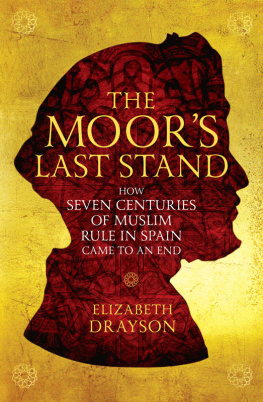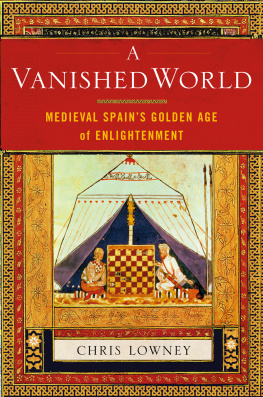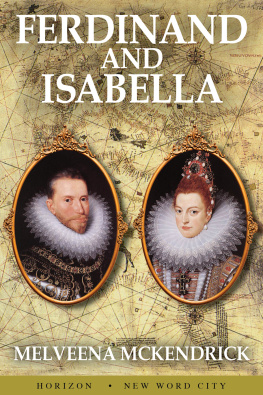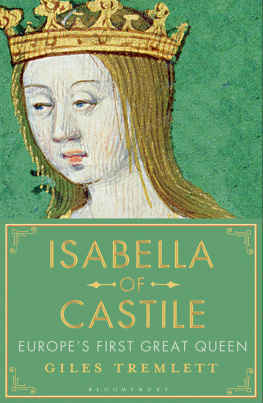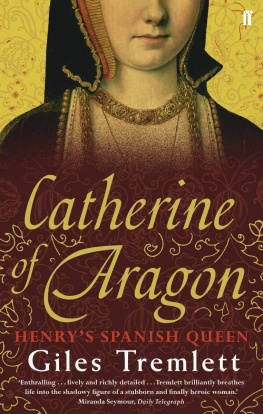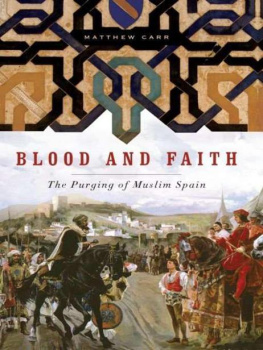THE MOORS LAST STAND
Elizabeth Drayson teaches in the Department of Spanish and Portuguese at the University of Cambridge. She is Lorna Close Fellow in Spanish at Murray Edwards College and lecturer in Spanish at Peterhouse. Her books include The King and the Whore: King Roderick and La Cava (2007) and The Lead Books of Granada (2013).
BY THE SAME AUTHOR
The Lead Books of Granada
The King and the Whore: King Roderick and La Cava
THE MOORS LAST STAND
How Seven Centuries of Muslim Rule in Spain Came to an End
Elizabeth Drayson

First published in Great Britain in 2017 by
PROFILE BOOKS LTD
3 Holford Yard
Bevin Way
London WC1X 9HD
www.profilebooks.com
Copyright Elizabeth Drayson, 2017
The moral right of the author has been asserted.
All rights reserved. Without limiting the rights under copyright reserved above, no part of this publication may be reproduced, stored or introduced into a retrieval system, or transmitted, in any form or by any means (electronic, mechanical, photocopying, recording or otherwise), without the prior written permission of both the copyright owner and the publisher of this book.
A CIP catalogue record for this book is available from the British Library.
eISBN 978 1 78283 276 8
For Kiernan and Fiona
Acknowledgements

First and foremost, I am deeply grateful to the Isaac Newton Trust of Trinity College, Cambridge, for awarding me a years research leave, and to Murray Edwards College and Peterhouse, who fully supported me. In Granada, special thanks are due to Brbara Jimnez Serrano and Mara del Mar Melgarejo at the archive of the Alhambra, who welcomed me and made some fascinating material available. Thanks are also due to the archivists and staff of the municipal archives, and to Jos Mara Prez Lled from the Ayuntamiento de Granada. I received great practical help and encouragement from Professor Jos Mara Prez Fernndez, Dra. Mercedes Castillo Ferreira, Professor Luis Bernab Pons and Dr Teresa Tinsley, and I am extremely grateful to Dra Mara Luisa Garca Valverde, who helped me decipher some tricky medieval script. Thanks are due to Javier Balaguer and Dr Mostafa Abdulrahman, who generously shared their research on the tomb of Boabdil with me, and I also thank Professor Brad Epps, Dr Rodrigo Cacho and Professor Isabel Torres for their invaluable help, as well as the students and colleagues at Cambridge and elsewhere who have shown such interest in my project. All translations from Spanish into English are my own.
It has been a joy to work with my editor, John Davey, who has been so understanding, supportive and perceptive, and sincere thanks are also due to Penny Daniel, copy-editor Trevor Horwood and the marvellous production team at Profile Books who made this book a reality. Last but not least, heartfelt gratitude to my husband, Kiernan Ryan, who is my inspiration, and to my daughter Fiona for her good-humoured encouragement.
Illustrations

While every effort has been made to contact copyright-holders of illustrations, the author and publishers would be grateful for information about any illustrations where they have been unable to trace them, and would be glad to make amendments in further editions.
Maps

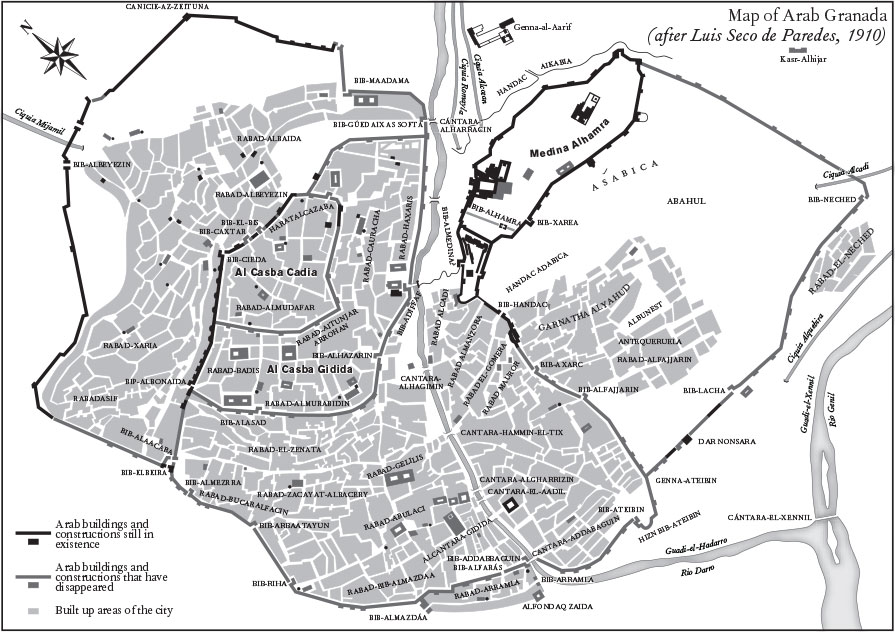
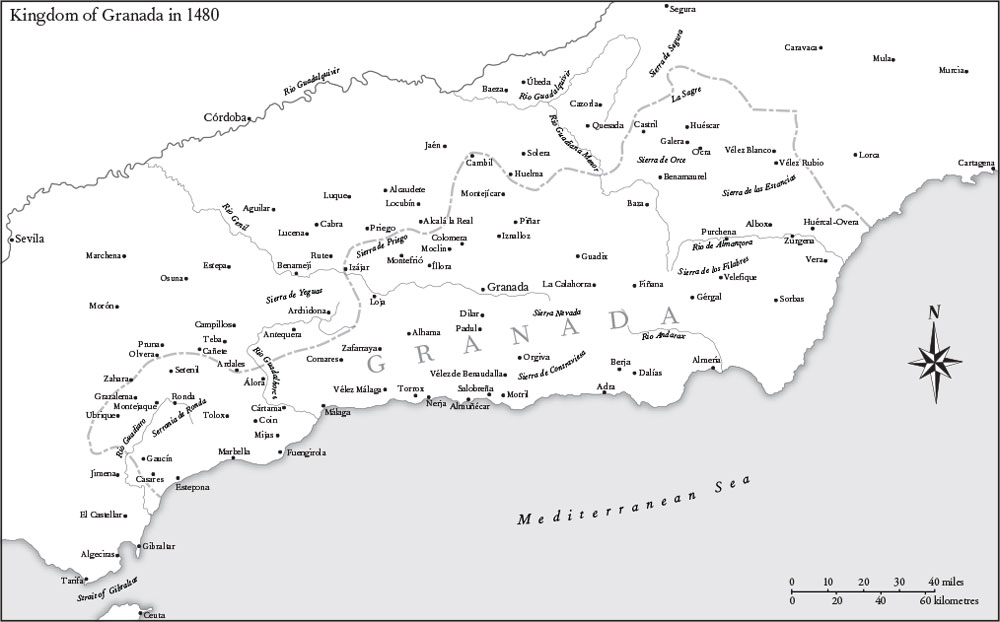
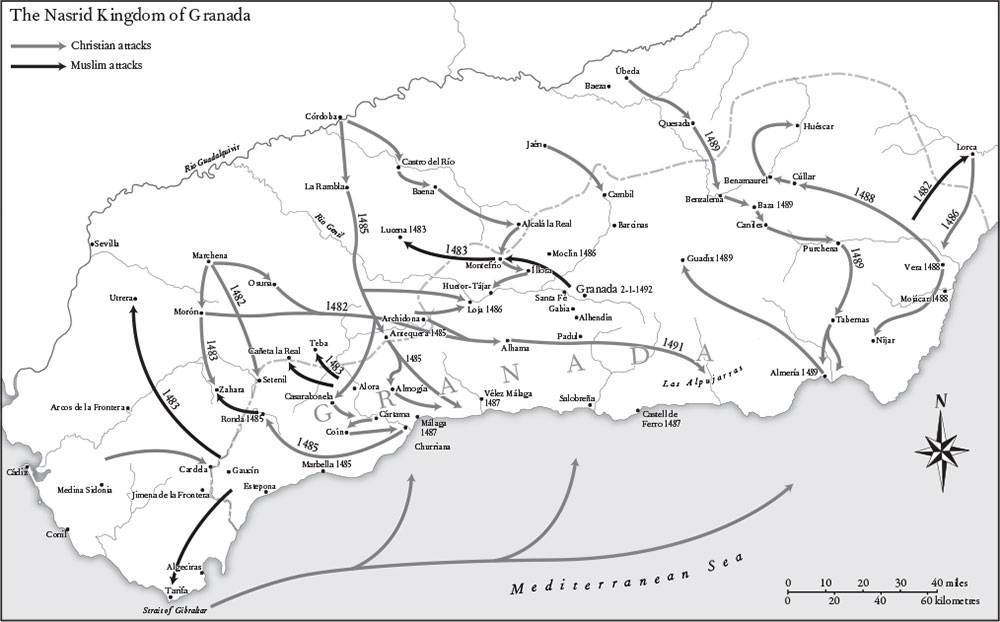
Preface

T his book sets out to bring to the fore a man who has not received the historical attention he deserves, and who has certainly never been regarded as a conventional hero. As a raw youth of twenty who had barely left the confines of the Alhambra palace except to go hunting, and who had no experience of the world outside his dysfunctional family, he rose to the throne as the twenty-third and last sultan of the Nasrid dynasty of Granada. In the ensuing ten years this exceptional man defeated his treacherous father and uncle and fended off the attacks of the indomitable Christian army with courage, bearing the inescapable loss of his Islamic kingdom and his consequent exile from Spain with dignity. He lived at a unique and crucial moment in history, at the climax of the clash between the Christian and Muslim civilisations of medieval Spain, and this book is the first full-length account of his life and times.
In Steven Nightingales romantic homage to his adopted city, Granada: The Light of Andaluca, published in 2015, the author writes of the ludicrous Boabdil, who, he says, would bear down on Granada with the full weight of his fear and vulgarity and hasten the end of the city by his useless quarrelling and confusion. This recent perception of the sultan is representative of the negative view of him which began to circulate in the early sixteenth century and which has persisted despite the more balanced and positive fictional reinventions of his life which evolved from the nineteenth century onwards. The contemporary historical biographical accounts which form the basis of this book present a different picture, one that supports the revision of various popular preconceptions of his character. The main fifteenth-century sources were written by Christian historians, with just one Arab source in existence from this time. They contain many eyewitness accounts and include the written and spoken words of the sultan himself.
The terms king, sultan and emir are all used in contemporary sources to refer to Boabdils status as Muslim ruler, and Spanish historians favour the Christian term king. These three terms are used interchangeably in this book. The term Moor appears in source materials of this time, and is often employed by Christians to convey hostility, and by Muslims with a sense of pride. It refers originally to people of north African origin, but it can be imprecise. Boabdil is at times described in early Christian writing and by posterity as a Moor, yet he was a native of Spain, of Arabic descent. For us today the terms Moor and Moorish convey an aura of exoticism, and are associated with an architecture and culture representative of the Islamic civilisation in Spain which Boabdil evokes.
These examples show how the conflict between two major cultures in the Iberian peninsula in the Middle Ages was reflected in the vocabulary used to describe it, and permanent traces of Spains Islamic heritage remain in the high proportion of words of Arabic origin existing in the Spanish language. Yet Islamic, Arabic-speaking Granada and the life of its last ruler have often been marginalised in history and poorly understood. The relations between the Islamic world and the West, and the tumult of recent years, suggest that the time is right to bring Boabdils story fully into the light of day, as a history not of decline and defeat but of a courageous defence of religious and cultural identity and of a way of life. It is my hope that this book will draw wider attention to the events of his life and to their implications for the religious and cultural issues of our time.
Next page
